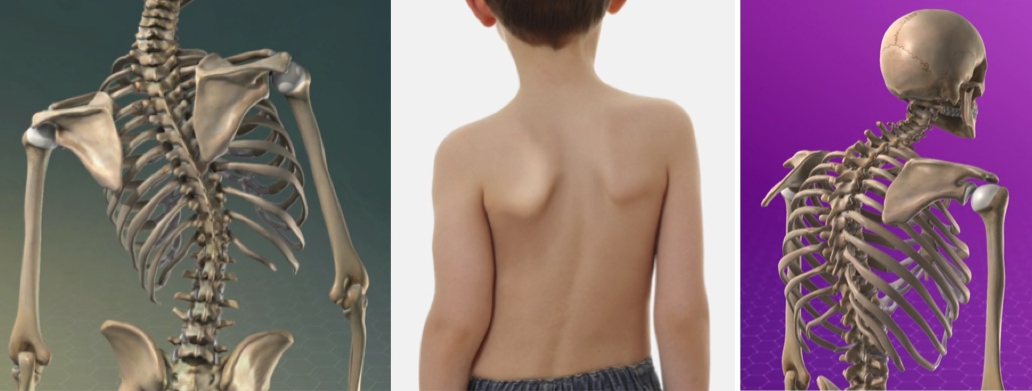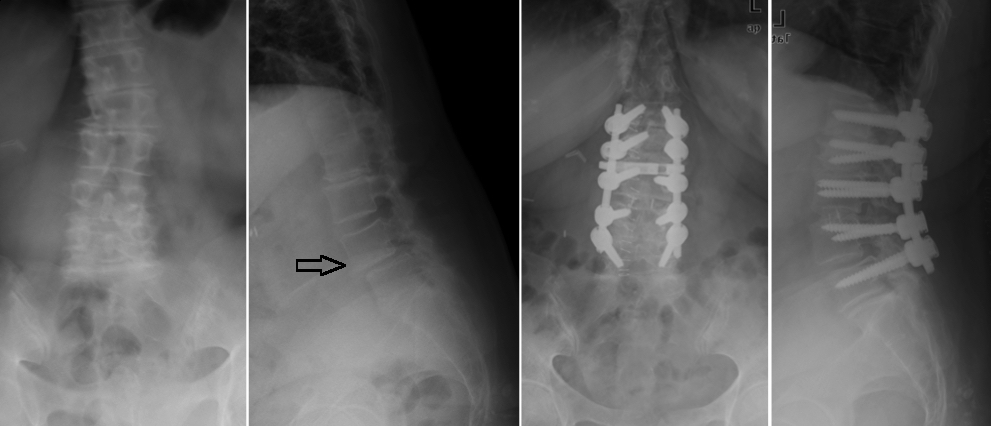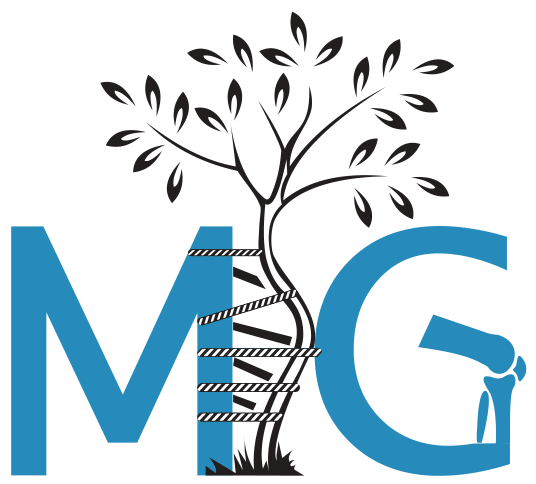Spine (vertebra) is a skeletal structure located in the midline of our body, starting from the head area and extending as a row to the tailbone. The spine, which allows us to stand upright and maintain our body balance, consists of neck (cervical), back (thoracic or dorsal), low back (lumbar), sacral and coccygeal (tailbone) regions.
Bone structures in the spinal skeleton are called vertebrae. There are a total of 33 vertebral bones, including seven cervical (neck), 12 thoracic (back), 5 lumbar (low back), 5 sacral and 4 coccygeal (tailbones). The spine has a very complex anatomy with structures called discs between the vertebrae, ligaments that connect the vertebrae to each other and maintain their stability, the spinal cord tissue (medulla spinalis) in the canal passing through the middle of the vertebral bodies, and the muscle and vascular structures around it.

Apart from providing an upright posture, the main task of the spine is to protect the spinal cord tissue within it. The spinal cord is the nerve distribution center of our body. Nerve endings from the brain spread from the spine to the whole body through the spinal cord tissue. The spinal skeleton provides the necessary support to the body. It carries organs located in our head, chest and abdomen. It is very effective especially in the movement of the head and trunk. It protects our organs against any impact from the outside. The discs connect the vertebrae. The task of the discs is to distribute the effects of a severe pressure and impact on the body by providing flexibility to the vertebrae. There are 23 discs in total in the spinal system. Many conditions and pathologies in daily life such as inconvenience of sitting position, weight bearing, trauma and sports injuries, inflammatory diseases, infection and malignancy (cancer diseases) can affect the spinal skeleton. Common spinal diseases can be grouped as traumatic injuries, spinal curvatures, spinal disc diseases, degenerative and inflammatory spine diseases, infections and malignancies.
SPINE FRACTURES: Spinal fractures due to high-energy traumatic injuries, infections, osteoporosis (bone loss) and malignancies can be seen. Different injuries can be seen, from simple fractures where bed rest is sufficient, to severe fractures in which spinal cord tissue is damaged and neurological sequelae occur. Conservative or surgical treatments can be applied depending on the type and severity of the trauma.
SPINE CURVATURE DISORDERS: Spinal curvatures or deformities can be congenital or develop later. Basically, there are two main types: curvatures that are noticeable when viewed from the front and from the side. Scoliosis is the curvature of the spine that is noticed when viewed from the front.
Kyphosis is popularly known as a hunchback. It is the type of curvature of the spine, especially seen in the dorsal region, when viewed from the side. The condition in which both can be seen together is called kyphoscoliosis. Spinal curvatures are acceptable problems to a certain degree. However, when the acceptable limit is exceeded, circulatory (cardiovascular) and respiratory system problems, significant spinal pain, trunk asymmetry and imbalance, and significant spinal calcification may occur in older ages. Conservative treatments are used in the early stages of spinal curvatures and surgical treatments are applied in the advanced stages.

SPINE DISC DISEASES: Spinal discs are structures that connect the vertebrae and carry and distribute the loads on the spine in a balanced way. The problem, which is known as herniated disc, can be defined as the disease of these tissues. Pathologies of disc tissues can be differentiated as degenerative disc diseases, internal disc disruption and disc herniation.
SPINAL CALCIFICATION AND SLIPPAGE: Spinal calcification is a problem that can be seen in older ages after hip and knee joint calcifications. With the degenerative wear of the discs between the vertebral bodies, a situation that prevents spinal mobility occurs.
Spondylolysis is a condition that occurs as a result of a defect (pars interarticularis defect) in a part of the vertebral bodies without slipping over each other, causing low back pain especially in children and adolescents.It can occur as a result of repetitive compelling movements in the immature spine and especially due to sports activities.
Patients typically have pain that worsens when leaning back and relieves when leaning forward. The treatment is usually rest and abstinence from harmful activities for a while. Spondylolisthesis is the slippage of an upper vertebra forward relative to the lower one. It most commonly occurs at the lowest end of the lumbar vertebrae. Compression in the spinal cord tissue and related nerve problems may occur due to slippage. While physical therapy and rehabilitation applications may be sufficient in the early stages in spinal calcification and slippage problems, surgical interventions are frequently applied in the advanced stages.

SPINE INFECTIONS: Bone infections can occur in all bones in the skeletal system. The spinal skeleton is among the regions where the infection is most common in the skeletal system for many reasons. Bone infections are a group of diseases with a very long treatment process. Spinal infections can manifest themselves in many different ways.
Many different organisms can cause spine infections,e.g. Brucella (due to the microorganism transmitted from foods such as raw milk and homemade cheese) and Tuberculosis (caused by tuberculosis microbe). It is most commonly observed in the back (thoracic) and lower back(lumbar) spine sections.
If left untreated, it can cause fractures in the spinal skeleton, spinal deformities and spinal cord injuries. In its treatment, other than antibiotics effective against the relevant microorganism, surgical removal (debridement) of the infection and fixation (instrumentation) of the spine may be required.
SPINE TUMORS: Benign and malignant tumors can be observed in the spinal skeleton. Primary, that is, tumors arising from the structures of the spinal skeletal system itself, may be observed, as well as -much more frequently- metastatic tumors in which tumors of other organs and tissues spread to the spine. Cancers that metastasize most to the spine are lung, breast, prostate and kidney tumors.
